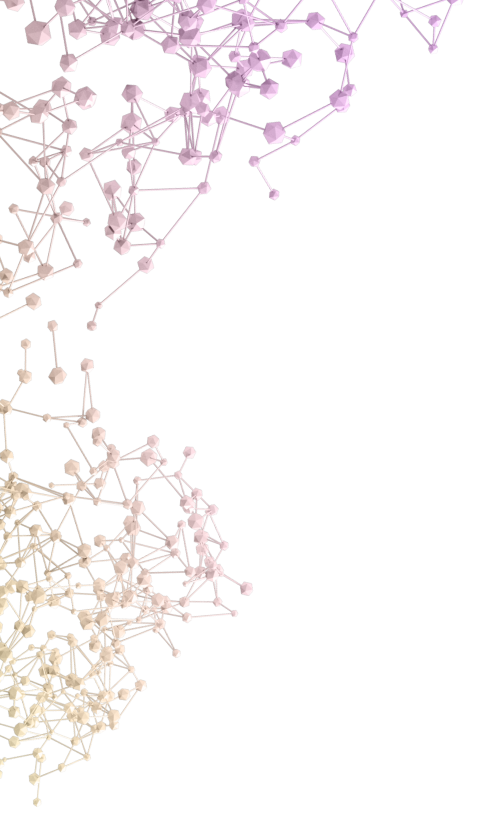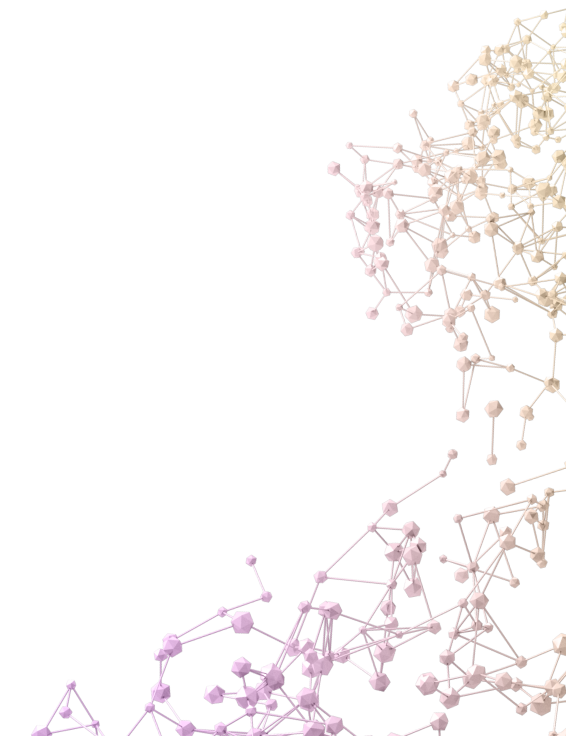For researchers performing drug discovery, drug repurposing, toxicogenomic screens, or CRISPR screens, the end goal is often to uncover mechanisms of action, determine on- and off-target effects, establish the presence of cytotoxicity, or discover entirely new leads for exploration in preclinical phases.
However, companies and researchers often turn either to morphological profiling with Cell Painting or to gene expression profiling instead of combining the two. This means they might miss opportunities to understand how genetic perturbations and drug treatments translate into observable molecular and cellular behaviors, with potentially costly consequences for the drug further down the pipeline. Is there a better approach?
So, whether you’re in biotech searching for the next breakthrough therapy, in pharma identifying compounds for clinical development, or running large-scale perturbation screens in academia, read on. We’ll explore how an ultra-high-throughput, cost-effective, whole transcriptome approach called MERCURIUS™ DRUG-seq combined with Cell Painting could help you reduce false leads, improve initial drug selection, and lower the risk of costly late-stage failures (without breaking the bank).
Cell Painting and gene expression profiling: a proven pairing
Individually, Cell Painting and gene expression profiling technologies are impressive high-throughput tools for understanding the phenotypic and molecular response of cells to different perturbations. Together, they can provide complementary insights into disease- or compound-relevant gene expression pathways while indicating whether these molecular changes produce meaningful cellular effects or represent robust mechanisms of action.
We previously explored a proof-of-concept of this approach where researchers combined Cell Painting and bead-based L1000 gene expression profiling to find both overlapping and distinct mechanisms of action after treating human cells with a large compound library (Way et al., 2022).
This study highlighted the utility of the combined approach but also revealed certain limitations of the L1000 assay in this setting, including relatively poor reproducibility between replicates. Also, the assay only directly measures around 5% of the protein-coding transcriptome, which is problematic for studies requiring a fuller picture for hypothesis- or lead-generating screens. What if that missing 95% is exactly where your next big breakthrough or failure is hiding?
In contrast, MERCURIUS™ DRUG-seq offers researchers unbiased whole-transcriptome coverage at ultra-high throughput, ensuring a broad scope essential for improved lead identification and toxicity prediction.
Welcome to the age of ultra-high-throughput transcriptomics
Researchers developed L1000 in 2017 to overcome the high cost and low throughput of other gene expression profiling technologies, like traditional RNA-seq, that acted as a barrier to their uptake in large perturbation screens.
L1000 was a relatively cost-effective, high-throughput way to screen compounds or other cellular perturbations (Subramanian et al., 2017). However, as sequencing-based transcriptomic approachesrecently entered the ultra-high-throughput, low-cost era, the financial investment required to perform transcriptomic screens has dropped dramatically, while scalability and data output have received a much-needed boost.
MERCURIUS™ DRUG-seq: Cell Painting’s new partner
Novel transcriptomic approaches like MERCURIUS™ DRUG-seq are arguably better options than L1000 for combining with Cell Painting, especially for studies requiring whole-transcriptome read-outs without sacrificing data quality.
MERCURIUS™ DRUG-seq provides direct gene expression read-outs for around 15,000 genes at a shallow sequencing depth of 1.5 million reads per sample, compared to the 978 genes covered in the L1000 assay. This increase in gene coverage likely provides users more chances to detect true mechanisms of action before expensive preclinical and clinical testing, therefore further de-risking drug candidates early in the pipeline.
Researchers simply treat cells with compounds or other perturbations in 384-well plates and perform library preparation directly on lysed material with early pooling of samples. Removing RNA extraction stages and multiplexing samples early in the pipeline significantly reduces hands-on time, consumable expenses, and cost per sample, while boosting scalability for generating whole-transcriptome data for thousands of samples and compound treatments or perturbations simultaneously.
Benefits of combining Cell Painting and MERCURIUS™ DRUG-seq
Here’s a breakdown of the three main benefits you can expect when combining Cell Painting and MERCURIUS™ DRUG-seq in your drug discovery or perturbation screens:
1. More accurate identification of drug or disease mechanisms of action
The problem: Many drug candidates fail in trials due to unclear or misidentified mechanisms of action, leading to unexpected failures in efficacy or safety.
The solution: MERCURIUS™ DRUG-seq can identify molecular pathways that are activated or suppressed while Cell Painting captures corresponding morphological phenotypic changes induced by a given perturbation. This combination can validate whether molecular changes result in functional, phenotypic effects in different subcellular compartments. If both technologies detect the same mechanism of action, it is likely a highly robust target worthy of further investigation. It can also inform on whether a compound’s mechanism of action is transcription-driven or post-transcriptional.
2. Early detection of off-target effects
The problem: Nothing kills a drug in development faster than unforeseen off-target or toxic effects. As many compounds may have unintended interactions with other cellular pathways, toxicity or side effects might be detected too late if relying on only one screening approach (Sun et al., 2022).
The solution: Combining morphological profiling with MERCURIUS™ DRUG-seq for whole-transcriptome information could reduce late-stage drug failures by filtering out toxic compounds before they progress to clinical trials. For example, transcriptomic approaches might reveal unexpected but important gene expression changes that might not translate to changes in cellular morphology and vice versa. These complementary approaches cover all bases for faster, smarter, and more robust decisions to prioritize the best leads with confidence.
3. Prioritizing lead compounds in compound or genetic perturbation screens
The problem: High-throughput screening often generates thousands of hits, but prioritizing the best drug candidates, molecular pathways, or compound targets for follow-up is challenging.
The solution: MERCURIUS™ DRUG-seq identifies compounds that modulate disease-relevant pathways, improving confidence in their biological relevance, while Cell Painting can confirm whether these molecular changes produce meaningful phenotypic responses. This complementary information helps researchers focus their time and money on the best candidates, improving efficiency in the drug development pipeline and boosting chances of success.
Overall, it’s clear that in drug discovery or perturbation screens the difference between a successful lead and unconvincing prospects often comes down to the early detection of mechanisms of action, off-target effects, and lead compound viability. By combining the complementary outputs from MERCURIUS™ DRUG-seq and Cell Painting, you’re no longer reliant on one high-throughput technology and its limited outputs. You’re generating comprehensive data that aids confident decision-making and accelerates success while minimizing risk.
Contact us to find out more about how MERCURIUS™ DRUG-seq and Cell Painting can help you de-risk your drug development pipeline.
References
- Subramanian, A., et al. A next generation connectivity map: L1000 platform and the first 1,000,000 profiles. Cell, 171(6), pp.1437-1452.
- Sun, D., et al. Why 90% of clinical drug development fails and how to improve it? Acta Pharmaceutica Sinica B, 12(7), pp.3049-3062.
- Way, G.P., et al. Morphology and gene expression profiling provide complementary information for mapping cell state. Cell systems, 13(11), pp.911-923.





